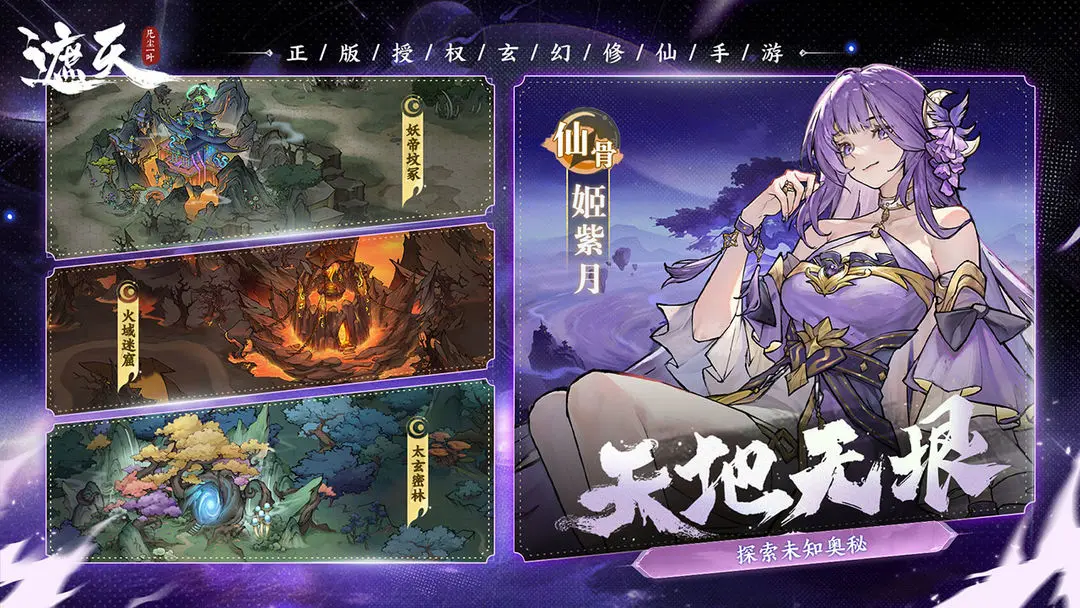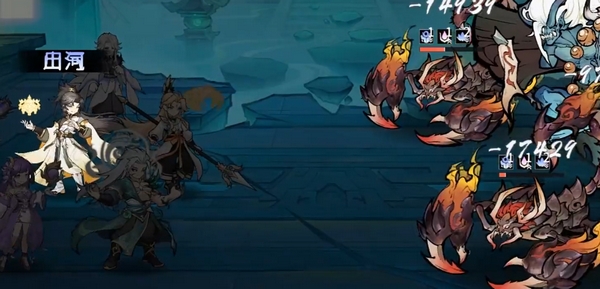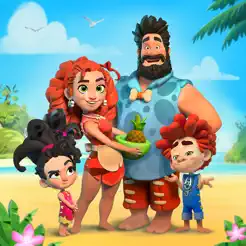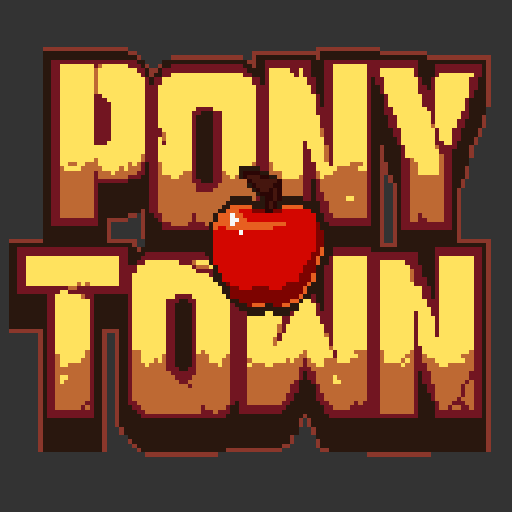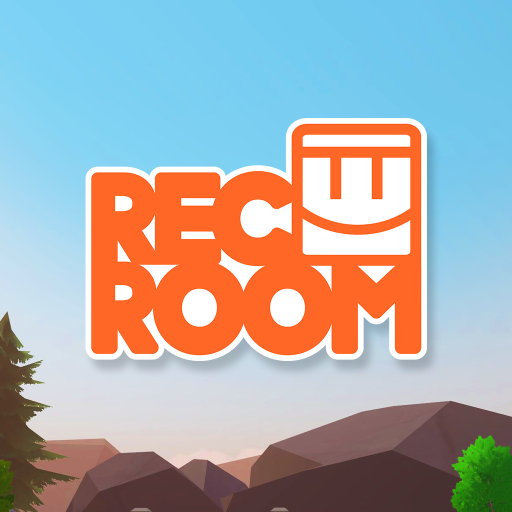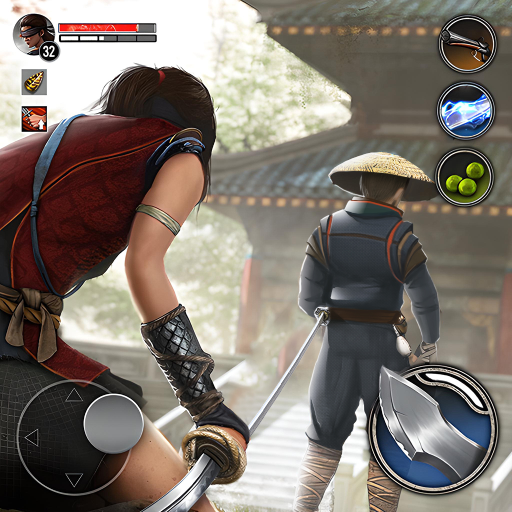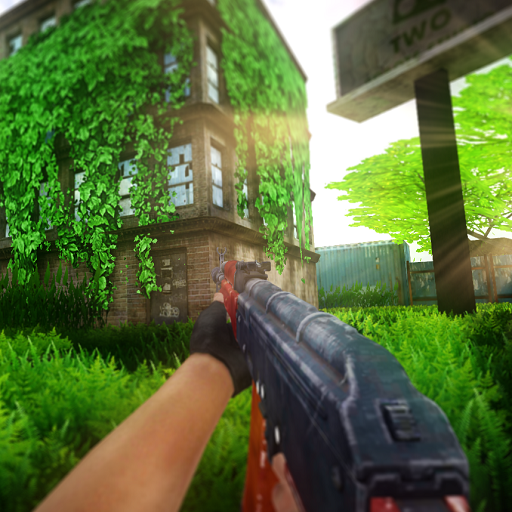In the eco-centric simulation game Carbon Island, new players need to know how to start their management upon entering the game. The Carbon Island game guide shares some tips for the early stages, brought by the editor. Every decision made during this period lays the foundation for future development, so it's not easy to play the role of a responsible planner. The following introductions are all things you need to master quickly.
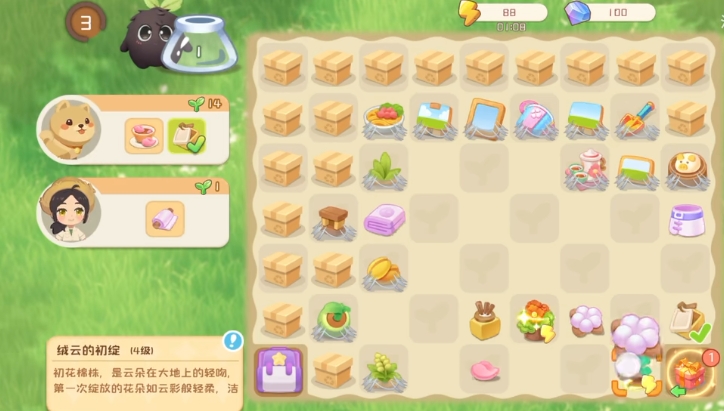
During the early stages, there are many nuances in choosing which buildings to upgrade. Core industrial buildings such as convenience stores, office buildings, and ceramic factories provide a steady stream of economic benefits for the island's development. Prioritizing their upgrades can help the island's various affairs run smoothly. Upgrading the docks and bus stations is like improving the island's major arteries; the increase in personnel flow efficiency means more resources can be gathered here, whether it's attracting talent or transporting goods, everything will become smoother and more efficient.
Talking about emission reduction technology research and development, although it requires a large amount of gold coins in the short term, it can reduce carbon emissions in the future. The synthesis system in the game is the main way to obtain props. Through synthesis, players can get various precious items such as building repair materials. Afforestation, as an important part of ecological construction, involves planting oak trees in the early stages on Carbon Island, and later switching to mangroves, which have stronger resistance to typhoons. Mangroves not only resist typhoon attacks but also form a unique ecological barrier between the sea and land. Regular watering of the trees can bring a 30% increase in output.
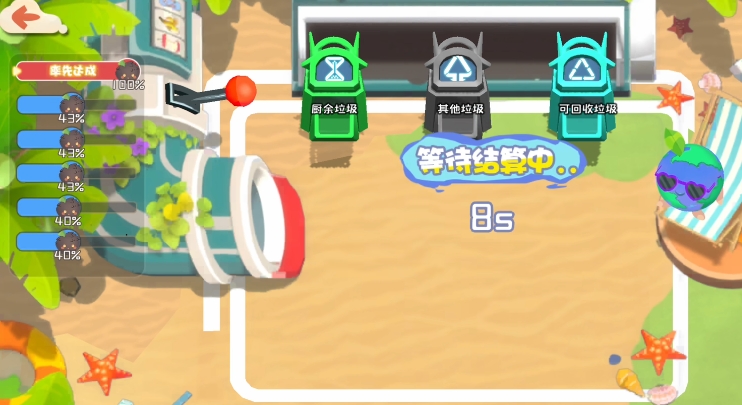
The point system has two core functions that jointly promote the development of the island. One is to drive the island's economic development. Players can use points to expand island buildings, gradually turning small houses into skyscrapers, upgrading various facilities, and making the island's functions more complete. As buildings and facilities continue to improve, the island's economic level will slowly rise, and the population will also increase. The more points invested, the faster the island's development speed. The second is to ensure carbon neutrality.
Emission reduction through scientific research is also a way to lower carbon emissions, and points are the core energy driving these two powerful tools. Using points, you can build a scientific research institute, allowing researchers to focus on developing emission reduction technologies. You can also issue dispatch missions, mobilizing all island residents to participate in emission reduction actions, such as building clean energy power plants, freeing the island from traditional energy pollution, and installing photovoltaic floors on buildings to fully utilize solar energy, a clean energy source. These environmental measures require points to complete.
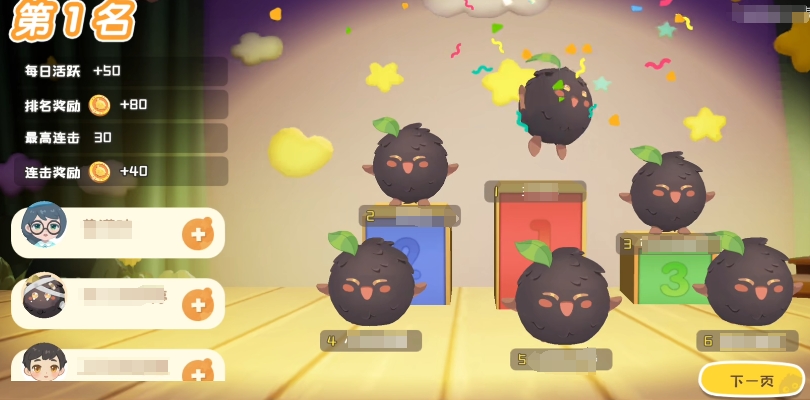
In the lower right corner of the Carbon Island main interface, there is a prominent trophy icon. Clicking it will take you to the promotion assessment options. Carefully check the specific requirements of the current rating, and then follow the system prompts to meticulously complete all conditions. Upon completion, you will receive a large amount of experience rewards.
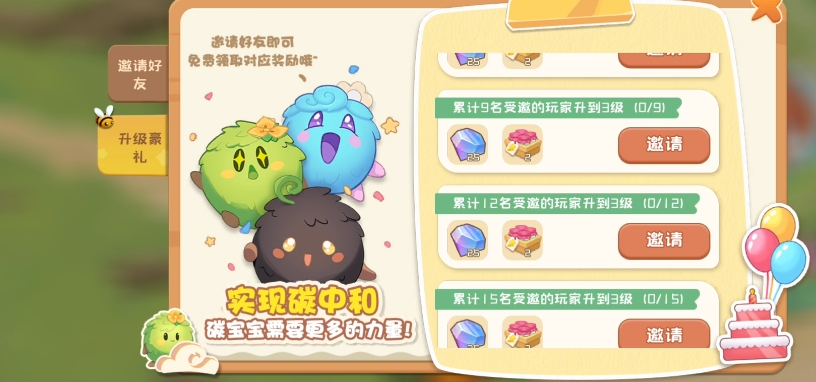
The wishing well gameplay brings a unique fun to players. Players can throw coins to make wishes, and after each successful wish, they can receive random rewards, which may be shiny diamonds, practical gold coins, or a small number of rare items. However, it should be noted that there is a daily limit on the number of wishes. After 10 times, the water in the well will darken, and at this point, you cannot continue to make wishes.
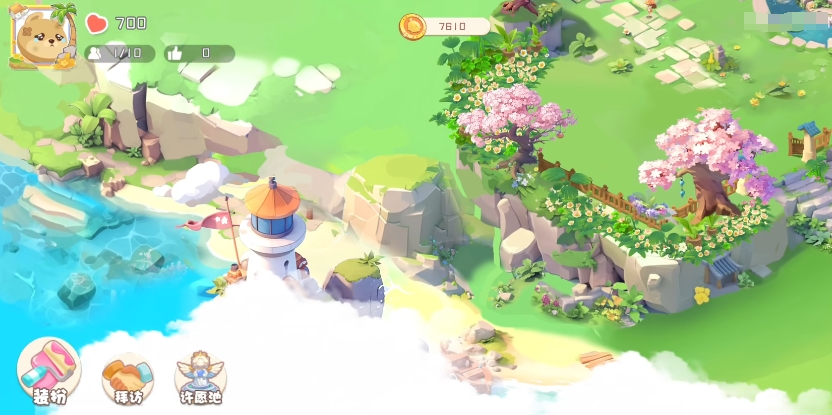
However, to achieve the goal of building the wishing well, you must complete the construction of infrastructure such as hospitals, schools, and bus stations, and the island's population must reach 1 million. This means that the island must have enough appeal and capacity to welcome so many residents. Building materials include soil, bricks, and the like, and players who log in to the game every day can directly sign in to obtain them.
In terms of layout, green belts should be placed around polluting buildings to mitigate pollution, allowing them to generate economic benefits while reducing environmental damage. High-yield buildings should be placed in areas with convenient transportation, maximizing their benefits and attracting more resources and talents. Clean energy facilities should be prioritized in heavily polluted areas to improve the island's environment. In the later stages, mangroves and seaside promenades can be added to enhance the environmental rating, making the island not only economically prosperous but also environmentally better.
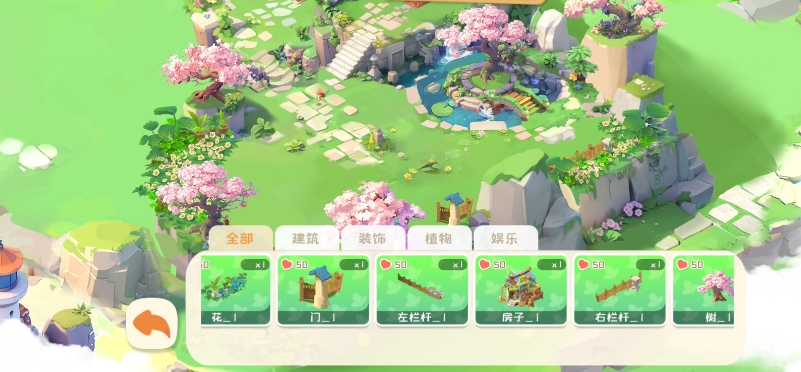
The above is the introduction to the Carbon Island game guide. Through today's introduction, everyone can find some small tricks for developing in the Carbon Island game. The most important thing in development is to grasp the core, and the gameplay of balancing environmental protection and economic development is quite unique.
